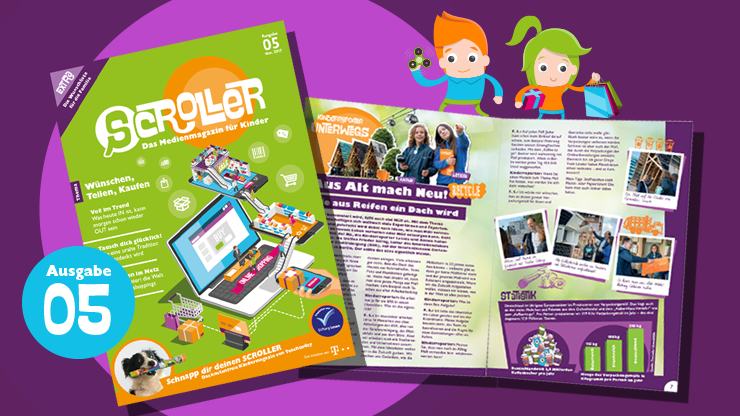
The starting point is a survey on young people’s consumer behavior. Following from this, background information on production conditions in the textile industry and the consumer society’s mentality that everything is disposable will be developed. A critical reflection and discussion takes place under the guiding question of whether disposable fashion should be boycotted. The young people then try out simple strategies with their own clothes, which they no longer wear, to embellish them and make “slow fashion” out of “fast fashion”.
The creative working process is documented with photography. The newly created clothes are presented to an audience in the form of a fashion show, which celebrates special results with a contest. The previously documented work steps are processed as digital instructions and made available on an online platform. Finally, a period of reflection takes place in order to find out to what extent the project has led to a rethinking of one’s own and future consumer behavior.
– I usually shop online/I usually go shopping in shops.
– I buy new clothes weekly/monthly.
– I go shopping when I really need something.
– I just shop because it’s fun and I like to have a lot of choice.
– While shopping I am inspired by fashion blogs/catalogues/advertisements.
– My clothes always follow the latest trends.
– I don’t care about the quality of clothes, as long as the price is right.
The young people thus reflect on their own experiences and attitudes towards the topic. The results of the survey are then visualized and discussed in a diagram.
Social form: work/plenary
Social form: Group work, plenary
Social form: Group work
- I shop just like before the project.
- I am going to change my shopping behavior and become more conscious.
- I will pay more attention to the origin of textiles.
- From now on I will try to upcycle old clothes.
Social form: Single work/class discussion
In order to make a lasting contribution, the young people should share their experiences and tips with others. With the help of the photographically documented work steps from the previous working phase, the young people can design their own Do-It-Yourself instructions for the upcycling of clothes. These can be collected and made available on an online platform, such as a Pinterest pin-board.
It is also a good idea to offer a clothing exchange fair or workshops for upcycling organized by the young people.
The project is not only intended to clarify one’s own consumer behavior, but also to raise awareness of the consequences for the textile industry. The aim is to draw young people’s attention to their responsibility, which they also share in the role of consumers.
SCROLLER

SCROLLER

Mobile Guide

